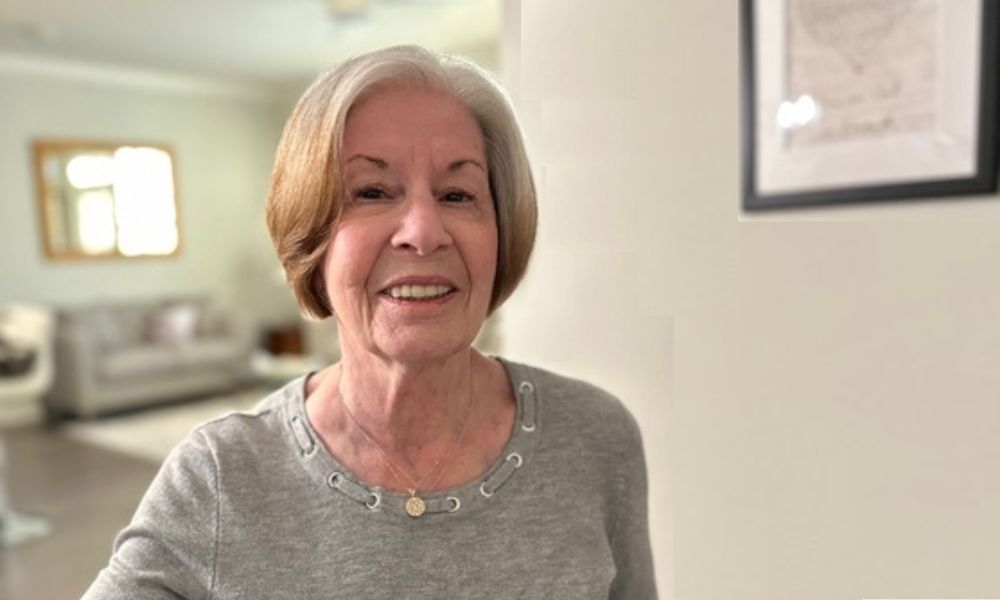The first two times Sheila’s heart stopped working, she wasn’t too concerned. After all, she was young and strong. But the third time her heart needed help, she was in her late 70’s and worried when she learned that her aortic valve needed replacing.
Sheila was only 56 when she had her first heart attack. She had just arrived home, having finished emptying her mother’s apartment following her death, when Sheila felt an overwhelming fatigue and some nausea. For a few minutes, she attributed her symptoms to her grief and exhaustion.
But Sheila had a history of heart disease in her family, and she knew that heart attack symptoms could be different for women than traditional chest or left arm pain. She convinced the emergency workers she had called that she was having a heart attack, despite them telling her she was too small, thin and young to be experiencing a cardiac emergency. They eventually transported her from her Fair Lawn home to St. Joseph’s University Medical Center in Paterson, where she received triple bypass surgery to improve blood flow to her heart.
“The doctors, nurses, actually the whole staff, were just wonderful. Obviously, I made a complete recovery,” Sheila said with a laugh.
Less than three years later, she took a drag from a cigarette in a restaurant – she hadn’t kicked the habit but had decreased from a pack a day to just five or six – and felt dizzy. Sheila walked outside for fresh air but fainted, and the next thing she remembered was being told she needed a defibrillator implanted in her chest to monitor and regulate her heart rhythm.
With two heart issues behind her, Sheila stopped smoking completely. And, for the next two decades, had no issues with her heart. But when she was in her late 70’s, she began experiencing symptoms that led to an aortic valve replacement. The aortic valve regulates blood flow from the heart to the rest of the body. Replacement is required when the valve becomes damaged and is no longer able to function effectively.
Sheila remembered the successful experience she had years ago and sought expertise at St. Joseph’s University Medical Center. Understanding her nerves about undergoing another heart procedure, Dr. Rahul Vasudev, an interventional cardiologist and heart valve specialist at St. Joseph’s Health, calmed Sheila by taking the time to explain what she was facing. Rather than perform open-heart surgery, Dr. Vasudev used a percutaneous and minimally invasive technique to allow for a quicker recovery.
“Sheila had already been through so much with her heart, but she was a good candidate for this type of minimally invasive procedure,” Dr. Vasudev said. “She did really well and is thriving now.”
Sheila said, in addition to the tremendous care she received while in the hospital, her cardiac rehabilitation and follow-up care has contributed to her full recovery. Dr. Naser Hendi, a St. Josephs’ Health interventional cardiologist, monitors her heart function and prescribes blood pressure, cholesterol-lowering and other medications to maintain her good health.
Yvonne Greenwood and the St. Joseph’s Health cardiac rehabilitation team helped Sheila regain her strength by encouraging her to do “a bit more but tell us when you want to stop,” Sheila said. A member of the team now calls every few weeks to check in on her. To this day, Sheila still does the warmups and cool downs she learned during her weeks in outpatient cardiac rehabilitation.
“I am a St. Joseph’s Health success story,” Sheila said. “Everyone there is so attentive, caring and knowledgeable. Without them, I wouldn’t be here today.”







